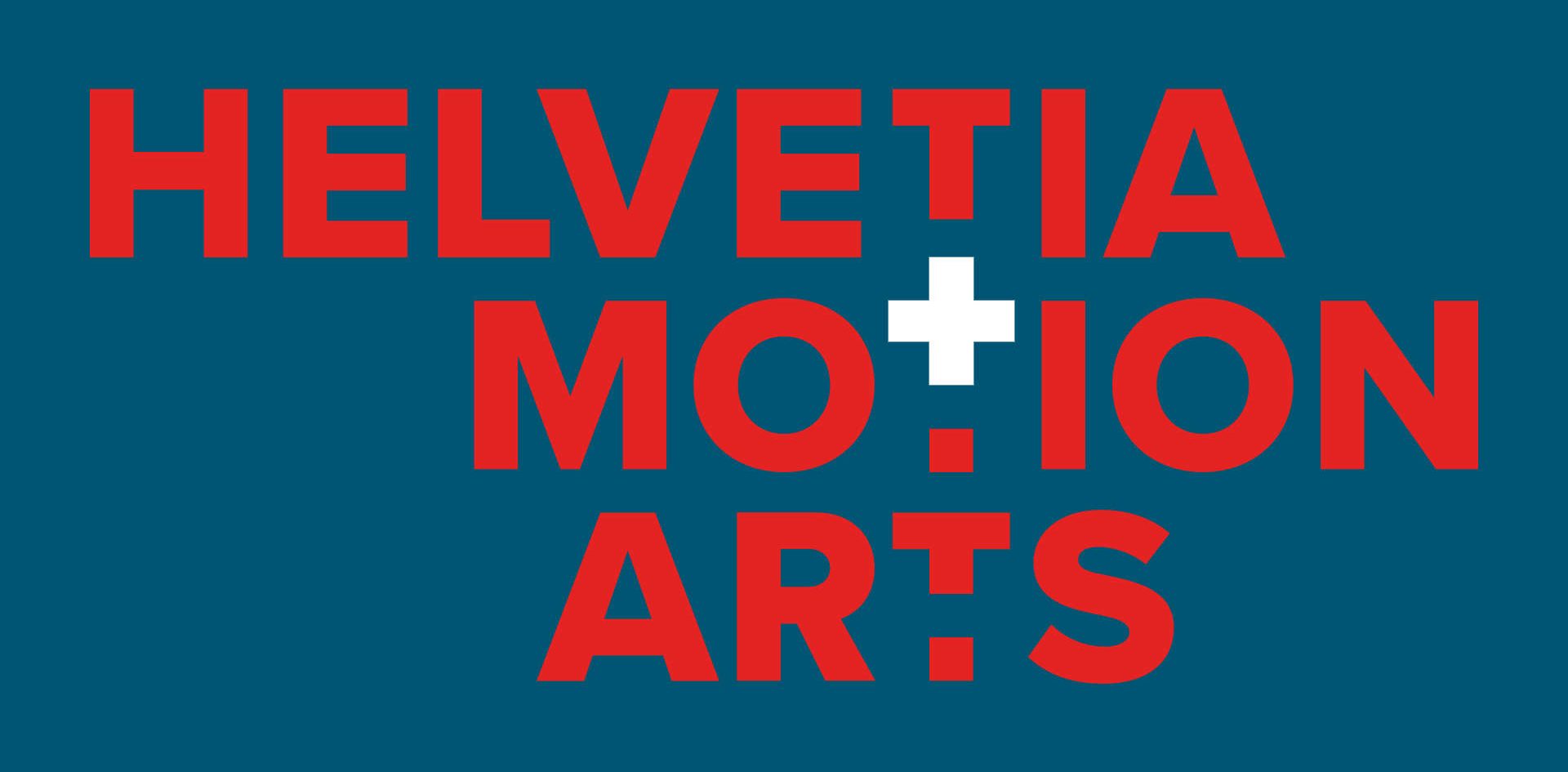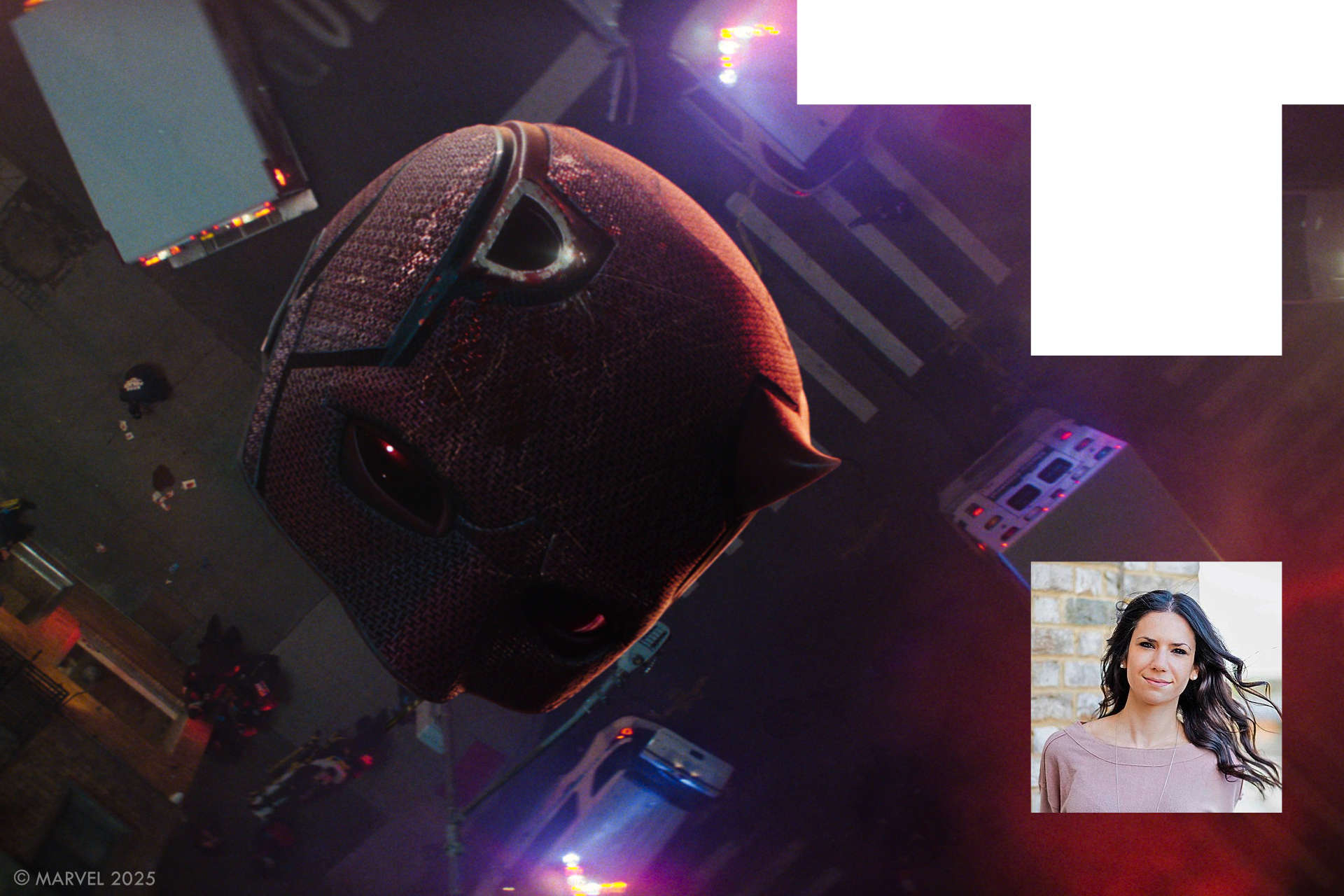
Geneva-born Lara Lom has built an impressive international career in visual effects, working on productions from Skyfall to Avengers: Infinity War to Daredevil: Born Again. Now Managing Director and Executive VFX Producer at RISE London, she brings over a decade of global experience across studios like MPC, Framestore, and Cinesite.
You began your career at Pixomondo in Berlin in 2011. What drew you to visual effects at that time, and what motivated you to choose this particular field?
I’ve always wanted to work in film, but I found my way into visual effects by chance after meeting a VFX producer who offered me a role on their team. My background is in literature, film history, and theatre, so stepping into a more technical area was a challenge. I’d always considered myself knowledgeable about filmmaking, but it wasn’t until I experienced VFX firsthand that I truly understood the crucial role it can play in film and storytelling, often in ways audiences might not even realise. It can be seamless and invisible, or it can bring to life a character or place that would otherwise be difficult to create. It opened a whole new perspective for me. I could see a future in this field, not just for the industry but for myself.
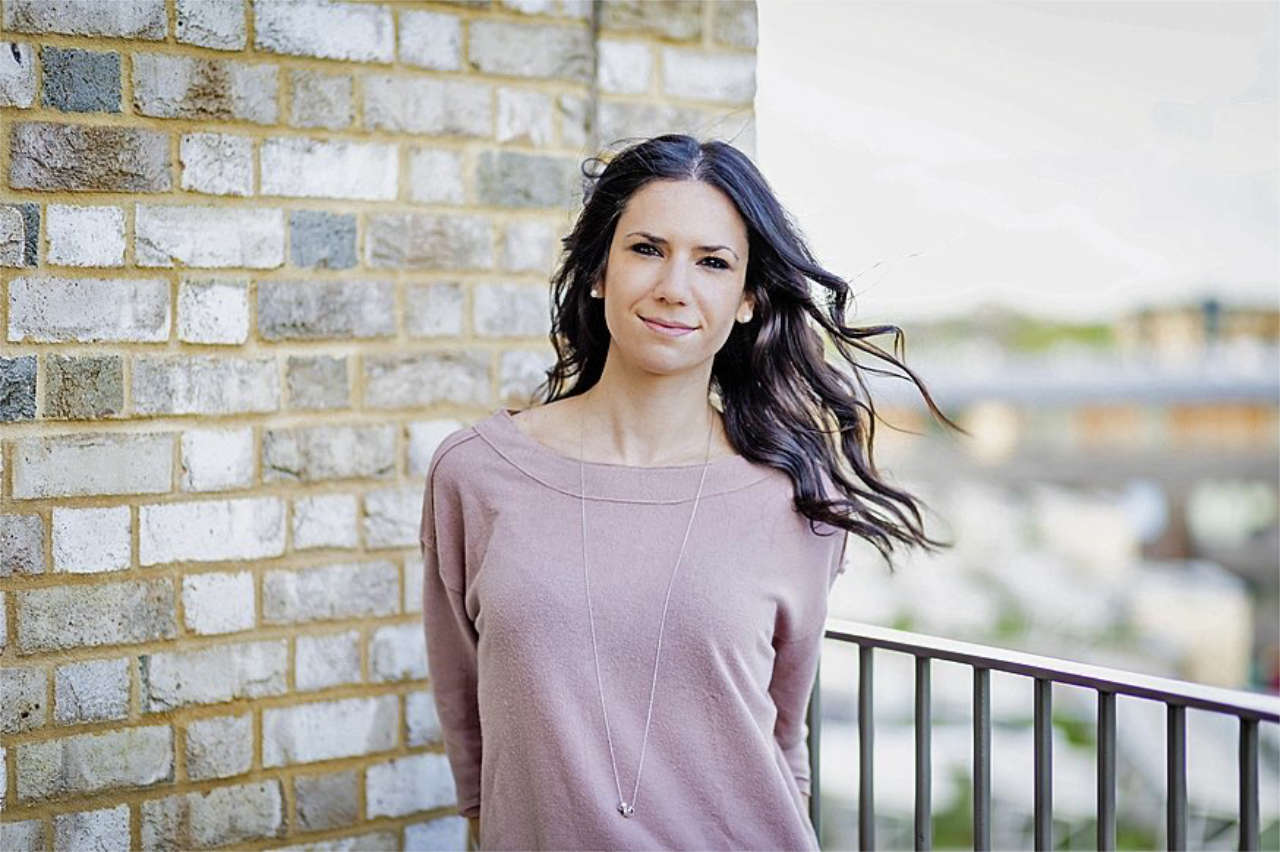
You’ve worked at several major studios like MPC, Framestore, Zero VFX, and Cinesite. Which experience during these early stages of your career was the most memorable for you, and why?
The early years of my career were the most formative. There’s something about starting out and feeling the need to prove yourself that really shapes you. The hours were long and the pressure was real, and there was a strong sense of team spirit with that feeling of “we’re all in this together.” Today, I think that dynamic has shifted slightly with the rise of remote work. I’ve embraced working from home and see the value in the flexibility it brings, but when I opened the London office of RISE, it was important to me to bring people together physically. We have the whole team in the office on the same three days each week, because we genuinely believe that collaboration and the spirit of filmmaking thrive when we’re together in person. This is something I think is especially important for those starting in the industry.
Some of the most memorable moments in my career have been working on iconic film franchises I admired growing up, like Skyfall and Prometheus from the James Bond and Alien movies. Another highlight was having worked on Martin Scorsese’s Hugo, my very first project in the industry, which went on to win the Academy Award for Best Visual Effects.
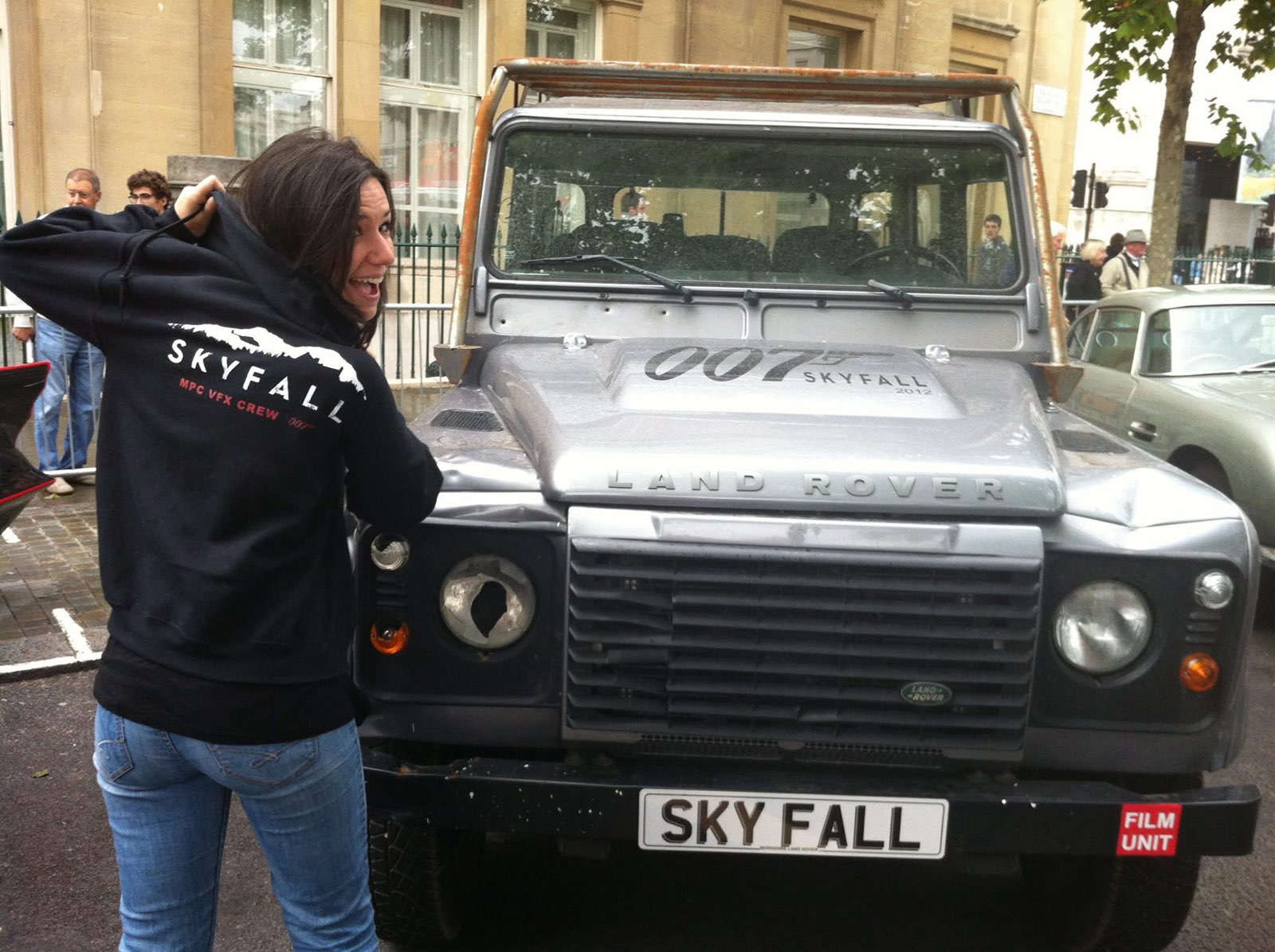
In your opinion, what are the main challenges faced by a VFX Producer at the start of their career, and how did you overcome them to climb the ranks?
A VFX Producer will oversee many aspects of a project. I feel that one of the key challenges is finding the right balance between leading and empowering the team. It’s about guiding the process while also giving supervisors, artists, and production the space to contribute creatively and take ownership of their areas. A big part of that is understanding your own strengths. And just as importantly, recognising where your weaknesses lie. That’s the beauty of a collaborative process: you don’t have to have all the answers. You’re surrounded by talented people who bring different perspectives. When you create an environment where everyone feels supported, you can lean on each other and make the work stronger.
Some people have told me that I became a producer quite quickly. For me, that came with the challenge of proving that I could truly deliver in the role. To succeed, I made a conscious effort to work at companies that supported my growth and to surround myself with people and teams who empowered me. That support network made all the difference.
As the Managing Director of RISE London, what are your main priorities and responsibilities on a day-to-day basis?
I joined RISE as a Managing Director and Executive VFX Producer. My first responsibility was to launch the UK business by opening the London office. My goal was to build a studio rooted in the incredible talent available in the UK while also carrying forward the strong culture and work ethic that defines our studios in Germany.
I picked our studio space, oversaw a complete fit-out, and recruited our team. Today, my core responsibilities include the day-to-day management of the studio, from people to projects, as well as bidding and handling financials, forecasting, and maintaining strong client relationships.
On a personal level, I’ve worked to create the kind of environment I would’ve loved earlier in my career. That’s meant addressing some of the challenges I experienced myself, like long hours without overtime compensation, and building a culture grounded in balance, transparency, and fairness. One area I’m especially passionate about is pay equity. In the past, I worked at companies where my salary didn’t reflect my experience or my peers, often because I didn’t have access to the right benchmarks. I never want anyone on my team to feel that way. Ensuring fair and consistent salaries across roles, genders, and experience levels is a top priority for me.
RISE is a studio known for its high-profile projects. What is your vision for the future of RISE, and how would you like the company to evolve over the years?
The fact that we continue to take on more challenging and complex projects is a testament of the skill and talent of our team. While I’d love to see some of our teams grow, I believe it’s ultimately about the quality of the work, not the size of the company. That’s something I never want to lose sight of.
Throughout your career, you’ve worked on numerous high-profile projects. Are there any memorable behind-the-scenes moments or funny stories from your time working on a particular film that you could share with us?
One of the most memorable behind-the-scenes experiences I’ve had was during Avengers: Infinity War. It was the biggest project I’d worked on at the time with the largest team I’d ever managed. I had the chance to be on set in Atlanta during the filming of a sequence I was directly involved with, and at one point came face to face with Benedict Cumberbatch in full Doctor Strange costume. We said hello and to this day, I’m still not entirely sure if I was speaking to Benedict… or Doctor Strange!
Looking back at some of the challenging VFX shots you’ve worked on, was there any particular sequence or scene from a film that presented unexpected obstacles, and how did the team creatively overcome them?
One of the reasons I love this job is that while you can build a framework and anticipate the needs of a project, every show is different. Each film has its own story and VFX requirements. So while preparation is key, you also have to be quick on your feet, practical, and rely on a lot of common sense. My favourite part of the job is figuring out how to make something that seems impossible actually work, whether it’s optimising the schedule or bringing in the right artist to hit a director’s note. It’s not always about having the answer yourself, but knowing who to collaborate with to find the right solution.
A recent project was Daredevil: Born Again. Our team worked closely with Marvel to choreograph the “Oner”, a 7,000-frame sequence designed to appear as a single, continuous shot at the start of Episode 1. Managing a sequence like that can become overwhelming without careful planning. Seeing the team come together, creatively and technically, to make it work was incredibly rewarding.
As a person from Geneva, how do you see the visual effects industry in Switzerland today? What are the strengths and weaknesses of the scene compared to VFX hubs like London or Los Angeles?
The VFX industry in Switzerland operates on a much smaller scale compared to hubs like London. What sets places like London apart is not just the presence of major studios, but the entire ecosystem: tax incentives attracting international productions, a deep talent pool, and a high volume of work. In Switzerland, the industry is more niche. That said, I think the strength of Switzerland lies in its ability to foster innovation on a smaller scale. There’s room for boutique studios to experiment, and the country’s strong academic and technological foundations could really support more growth if there were more strategic investment and visibility on the international stage.
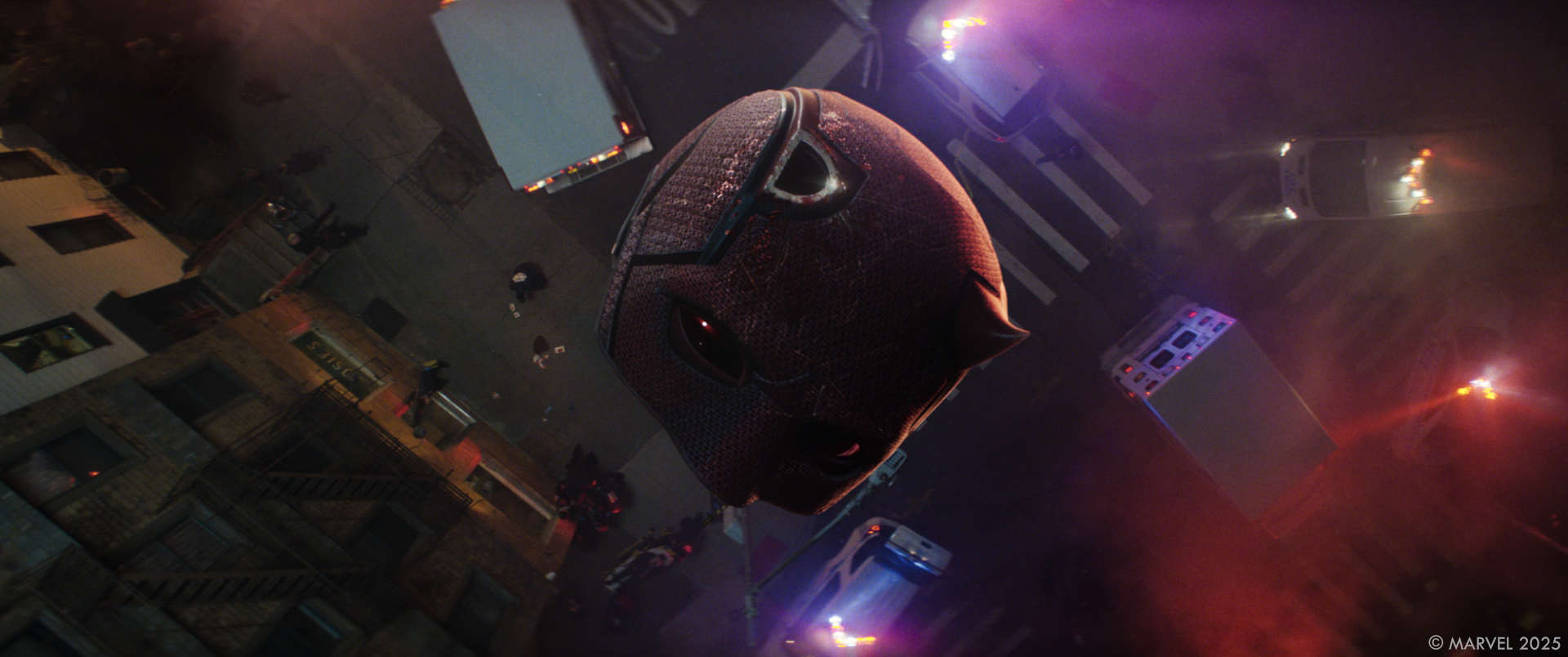
In your opinion, what does Switzerland lack to become a global leader in visual effects, and what role do you think you could play in this evolution?
To become a global player, Switzerland would need more strategic investment in its VFX infrastructure, closer ties to international productions, and a focus on nurturing local talent through dedicated education and career pathways. As someone working in London with roots in Geneva, I’d love to play a part in raising the profile of Swiss VFX on a global level.
If you could work on any VFX project, what would your dream project be, and what excites you about it?
I’m proud to say I’ve worked on iconic franchises like Marvel and with some of my favourite Directors like Tim Burton. Anything from here is a bonus.
What evolution do you foresee for the VFX industry in Switzerland in the coming years, and how do you think the local ecosystem could benefit from technological changes?
Switzerland’s VFX scene may not be the largest, but evolving technologies could open new doors, helping level the playing field and may also enable us to work globally without massive infrastructure. If we continue building the right connections and investing in talent, there’s no reason Switzerland can’t become a recognised name in the industry.
Thanks for your time.
// Curious to see more about the artist?
Art of VFX: Here’s my interview of Lara Lom about Southpaw at Zero VFX.
Art of VFX: Here’s my interview of Lara Lom about Skyfall at MPC.
